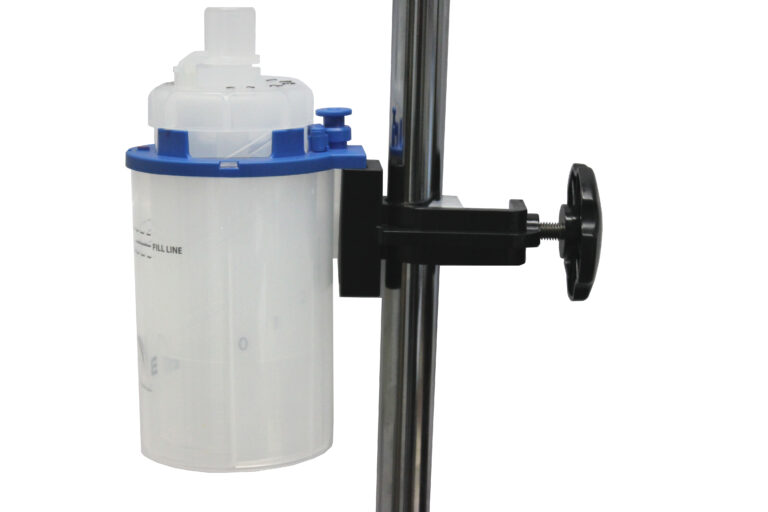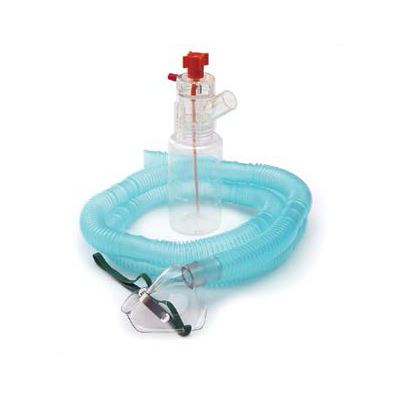In the realm of neonatal care, respiratory distress syndrome (RDS) is a significant concern, particularly among premature infants. This condition, characterized by difficulty breathing due to immature lungs, can pose life-threatening risks if not managed promptly and effectively. Fortunately, advancements in medical technology have led to the development of innovative solutions such as Bubble CPAP systems, which have emerged as game-changers in neonatal respiratory medicine. In this blog post, we delve into the significance of Bubble CPAP systems, their role in managing respiratory distress in newborns, and how they are revolutionizing neonatal care.
Understanding Bubble CPAP Systems
Bubble CPAP (Continuous Positive Airway Pressure) is a non-invasive respiratory support therapy designed to provide continuous positive pressure to the airways, helping to keep them open and improve lung function. Bubble CPAP systems consist of a nasal prong interface, a water-sealed chamber, and a continuous flow of oxygen or air. The water-sealed chamber creates oscillating bubbles that generate the desired pressure, which is delivered to the infant’s airways through the nasal prongs.
The Role of Bubble CPAP Systems in Neonatal Care
- Respiratory Support for Premature Infants:
Premature infants often experience respiratory distress due to underdeveloped lungs. Bubble CPAP systems provide gentle and continuous pressure to the airways, helping to recruit and maintain lung volume, improve oxygenation, and reduce the need for invasive mechanical ventilation.
- Treatment of Respiratory Conditions:
In addition to managing respiratory distress syndrome (RDS), Bubble CPAP systems are also used to treat other respiratory conditions such as transient tachypnea of the newborn (TTN), meconium aspiration syndrome (MAS), and pneumonia. By providing continuous positive pressure, these systems support respiratory efforts and facilitate lung expansion and oxygen exchange.
- Prevention of Complications:
Effective respiratory support with Bubble CPAP can help prevent complications associated with respiratory distress in newborns, including lung injury, pneumothorax, and chronic lung disease. By maintaining optimal lung function, Bubble CPAP systems contribute to better overall outcomes and reduce the risk of long-term respiratory sequelae.
Advantages of Bubble CPAP Systems
- Non-Invasive:
Unlike mechanical ventilation, which requires intubation and invasive procedures, Bubble CPAP is non-invasive and does not require sedation or paralysis. This reduces the risk of complications associated with invasive procedures and promotes a more comfortable and natural breathing pattern for the infant.
- Continuous Support:
Bubble CPAP systems provide continuous positive pressure throughout the respiratory cycle, ensuring consistent support and stabilization of the airways. This continuous pressure helps prevent airway collapse and maintains adequate oxygenation, particularly during periods of increased respiratory effort.
- Cost-Effective:
Bubble CPAP therapy is cost-effective compared to invasive mechanical ventilation, as it eliminates the need for expensive equipment and reduces the risk of complications associated with invasive procedures. This makes Bubble CPAP systems an attractive option for resource-limited healthcare settings.
Implementation of Bubble CPAP Systems
The successful implementation of Bubble CPAP systems in neonatal care requires a multidisciplinary approach and adherence to best practices, including:
Proper Patient Selection: Identifying newborns who would benefit from Bubble CPAP therapy based on their gestational age, respiratory status, and clinical condition.
Optimal Device Setup: Ensuring proper setup and calibration of Bubble CPAP systems, including appropriate selection of nasal prongs, adjustment of pressure settings, and monitoring of oxygen saturation levels.
Close Monitoring: Regular monitoring of vital signs, respiratory parameters, and oxygenation status to assess the effectiveness of Bubble CPAP therapy and detect any signs of deterioration or complications.
Staff Training and Education: Providing comprehensive training and education to healthcare providers on the use of Bubble CPAP systems, including proper assembly, troubleshooting, and maintenance protocols.
Conclusion
Bubble CPAP systems have revolutionized neonatal respiratory medicine, providing effective and non-invasive respiratory support for premature infants and newborns with respiratory distress. By delivering continuous positive pressure to the airways, these systems help improve lung function, oxygenation, and overall outcomes for neonates at risk of respiratory compromise. At B&B Medical Technologies, we are committed to advancing neonatal care through innovative solutions like Bubble CPAP systems. To learn more about our products and how they can benefit your practice,


